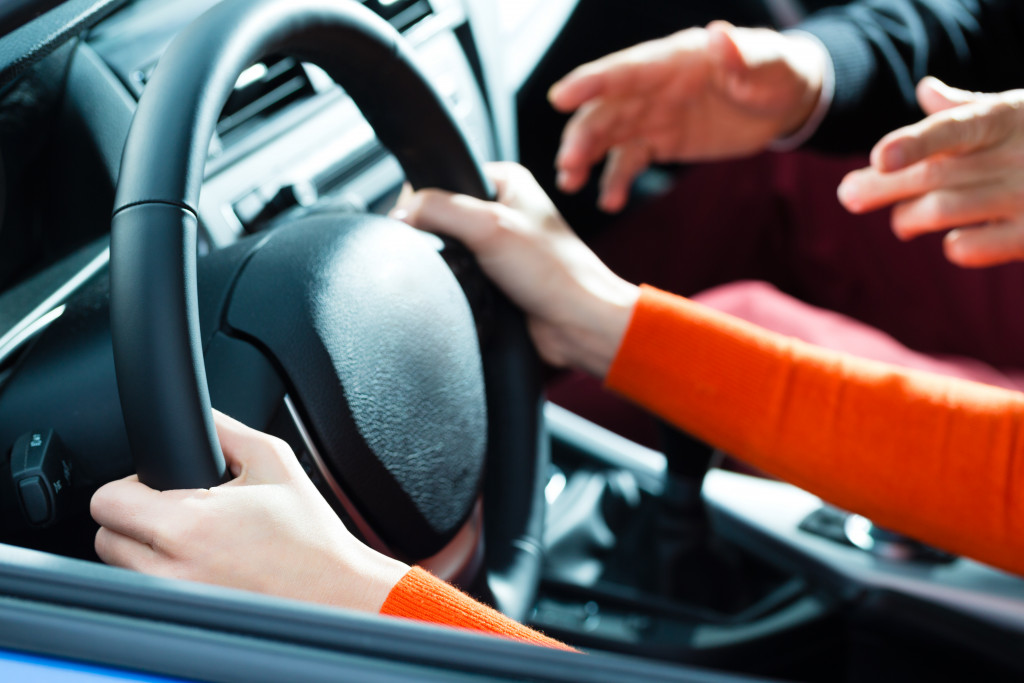By now, you really don’t need a refresher course on how powerful cars can be these days. Before, when Henry Ford’s 500-pound Quadricycle took the road, the horseless carriage could take 10 MPH to 20 MPH. Well, compared to horses (top speed of 55 MPH), those early cars were slow. Nowadays, however, with cars running at 160 MPH and over, it’s no contest.
But that only gives you an idea of how much power lies beneath our cars of today. By way of extrapolation, it also brings to mind the kind of destruction that awaits should such power goes berserk.
There are, of course, a lot of ways a car can sweep everything on its path and be destructive. Its engine can malfunction. Moreover, it can be harboring defective tires that can go bust any moment.
What’s interesting to note is that of the thousands of deadly accidents on the road yearly in America, distracted driving is the number one culprit. In 2018 alone, more than 2,800 were killed and about 200,000 injured due to crashes that involved one distracted driver. You may not believe it, but the act of texting or putting your attention elsewhere while driving kills.
Thus, for you to make your first try behind the wheel, you must put your attention on the things that matter most. Otherwise, you can be in for one very unpleasant surprise down the road. Below are six essentials to keep in mind to pass that first drive in flying colors.
Be Comfortable Behind the Wheel
Before you start the car engine, make sure you are comfortable behind the wheel. If you’re not in a good position, controlling the car will be a tall order, which is the last thing you want on the road. It’s like waiting for a bomb to explode on your face.
To begin your quest, make sure you can see out of all the mirrors. Mirrors are your eyes on the road. For one, they allow you to see what’s behind you and what’s at your side without having to turn your head away from the steering wheel.
Also, ensure your seat is adjusted comfortably to your height. A long drive can easily tire you. Not having the right height can result in tired muscles in no time. The least you can do is be as comfortable as you can be.
Do Not Overthink Your Situation
Driving a car is like playing the drums. You have a task for your feet, a task for your hands, and a task for your eyes. Such a multitasking challenge can surely be overwhelming. Add the traffic rules you need to abide by, and things can go to your head in no time.
However, pressing the panic button should be the last thing on your mind. It can be disastrous for you. Instead, learn to focus and concentrate. When your mind is at ease, you can think clearly and adjust accordingly.
As challenging as driving can be, you can actually prepare for it. For one, you can seek an instructor to guide you before you test your skills on the road.
Even better, there are basic driver improvement (BDI) online courses to improve your skills. With experts helping you, you should be able to enhance your driving skills in no time. Best of all, you can get credited for it, so you improve your chances of snatching lower car insurance rates.

Calm Your Nerves
If it’s your first time, having an experienced driver seat beside you is wise. It’s like having Google at your side, so you can throw practical questions when faced with real challenges on the road.
It’s also why there’s a required time when you can only drive when a competent adult is with you before being given a driver’s license. Of course, that should help you get the goosebumps off your first drive.
Nix Distractions
Focus on the job at hand. Driving is already a complicated matter (not to mention dangerous), so don’t complicate it some more. Don’t text while driving for the first time. And don’t bring your drinking buddies with you who just want to have fun. You’ll be risking yourself unnecessarily doing so.
Moreover, turn off that loud music and roll up those windows. Your best ticket is to have a trusted driver ride with you to get your first drive right.
Drive in a Non-busy Familiar Road
You really don’t expect to play the drums the first time you take the drummer’s seat. The same holds true for driving. Don’t take your car to the highway. Instead, start with a non-busy road you know. As your skills progress, take in more challenging roads ahead.
Stay Away From Major Highways and Interstates
As you are still a newbie, don’t take on the more complex roads where drivers drive like there’s no tomorrow. While you are still improving your skills, take on less challenging roads.
For now, just take baby steps. If you do it right, you should be on the highways in no time.
